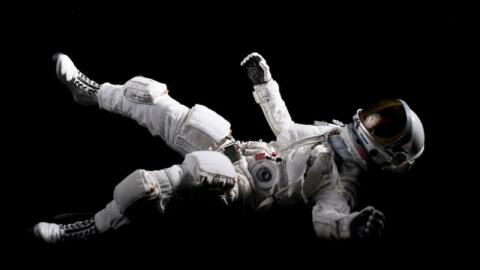Nearly 50 years ago, the Apollo 11 crew, Neil Armstrong and Buzz Aldrin, made history by setting foot on the moon for the very first time. Despite the scientific and technological progress that seems to be pushing the boundaries of the unknown further, and the current craze for space exploration, we are no longer sending men to the moon. Here is a non-exhaustive overview of the obstacles that stand in the way of such a trip.
Discover our latest podcast
Politics and the economy
The first problem posed by an inhabited lunar expedition is the price. According to a 2005 NASA report, such a mission would cost about $ 104 billion ($ 133 billion in inflation) over 13 years. A cost that could fall, especially through the use of private companies and inventive solutions, to reach a final score of $ 10 billion over 5 to 7 years.
The second problem is political, according to Business Insider. It is easy to see that at the arrival of each new president in power, the spatial priorities established by the previous leader are regularly revised or even forgotten. These regular changes have led to the cancellation of many missions at NASA. ESA, on the other hand, seems better protected from these shifts, not depending on the policy of a single government, but rather on the union of its 22 member countries.
Some technical reasons
In addition to the political and economic constraints, the challenge is also technical. Radiation, icy nights, craters, rocks, and even moon dust are, despite appearances, real threats to astronauts and their devices. "If we have to spend long periods of time [on the Moon] and build a permanent habitat there, we need to find a solution," warns astronaut Peggy Whitson, who knows all too well about the dust problems aboard ISS.
The weight of these missions will also have increased considerably since the last Apollo missions. Building launchers capable of sending these new missions into space while maintaining a reasonable budget is another challenge. In short, many challenges await space agencies wishing to work to send manned missions to the moon. One thing is certain: we still have a lot to learn from our natural satellite, as shown by the Chang'e-4 space mission.















